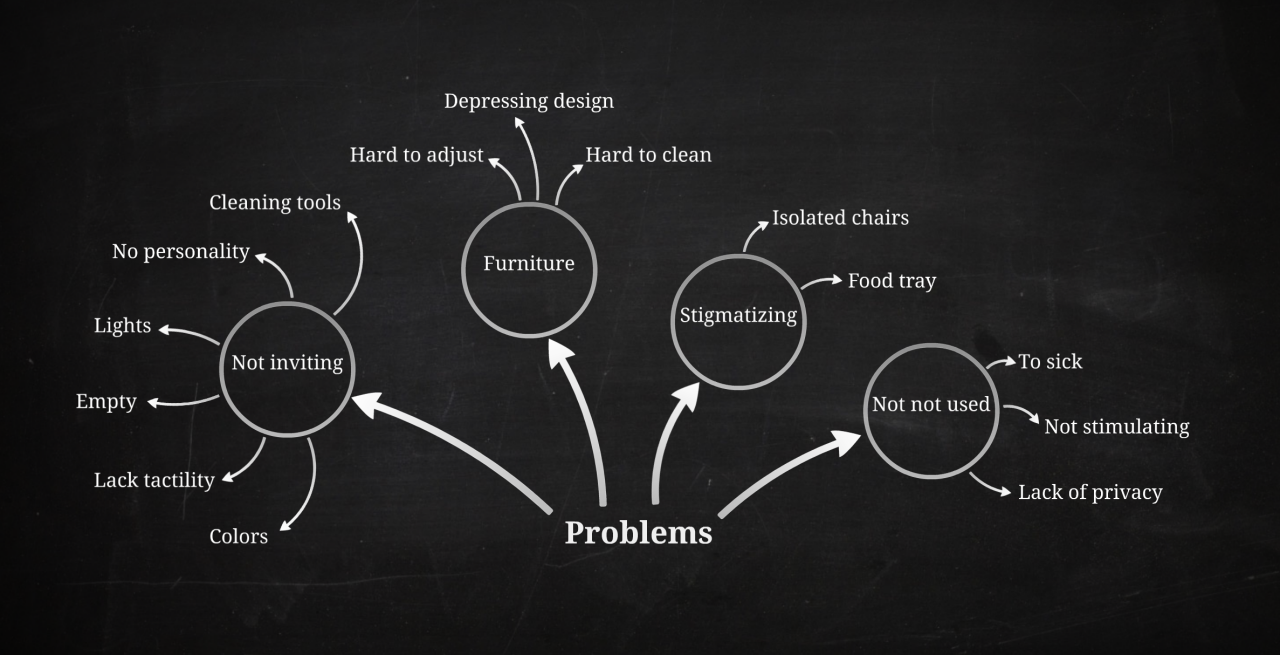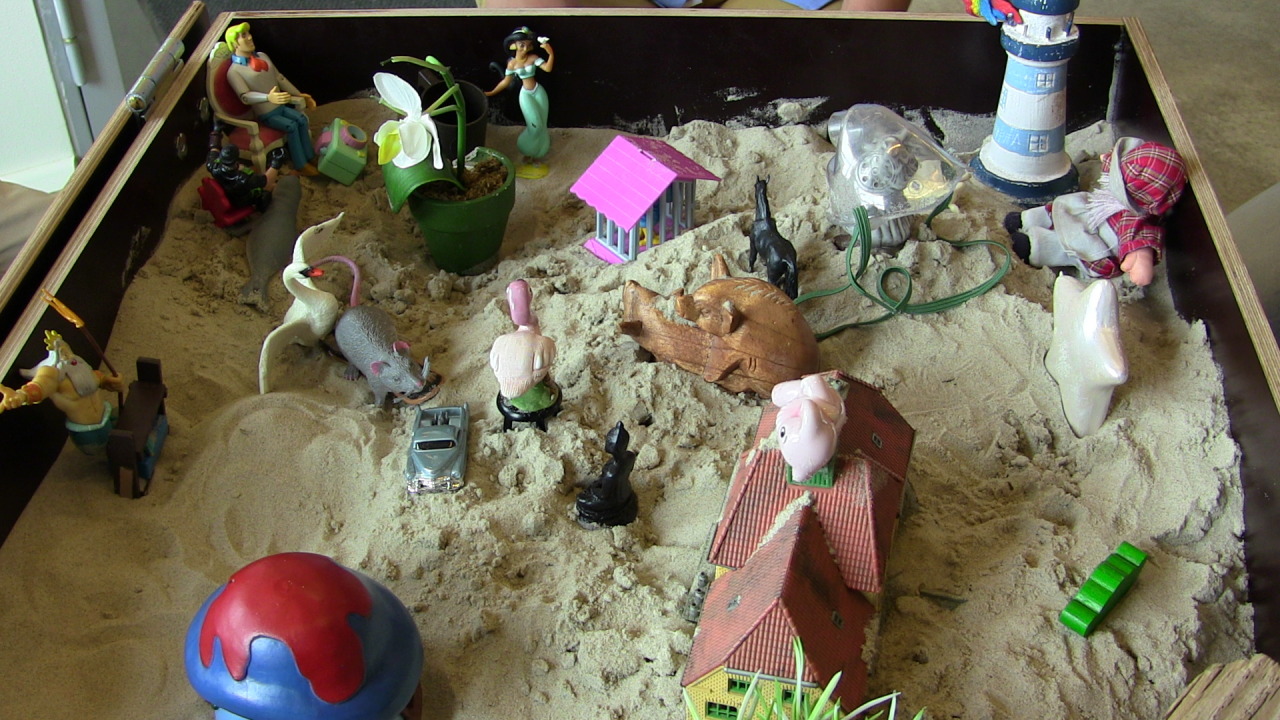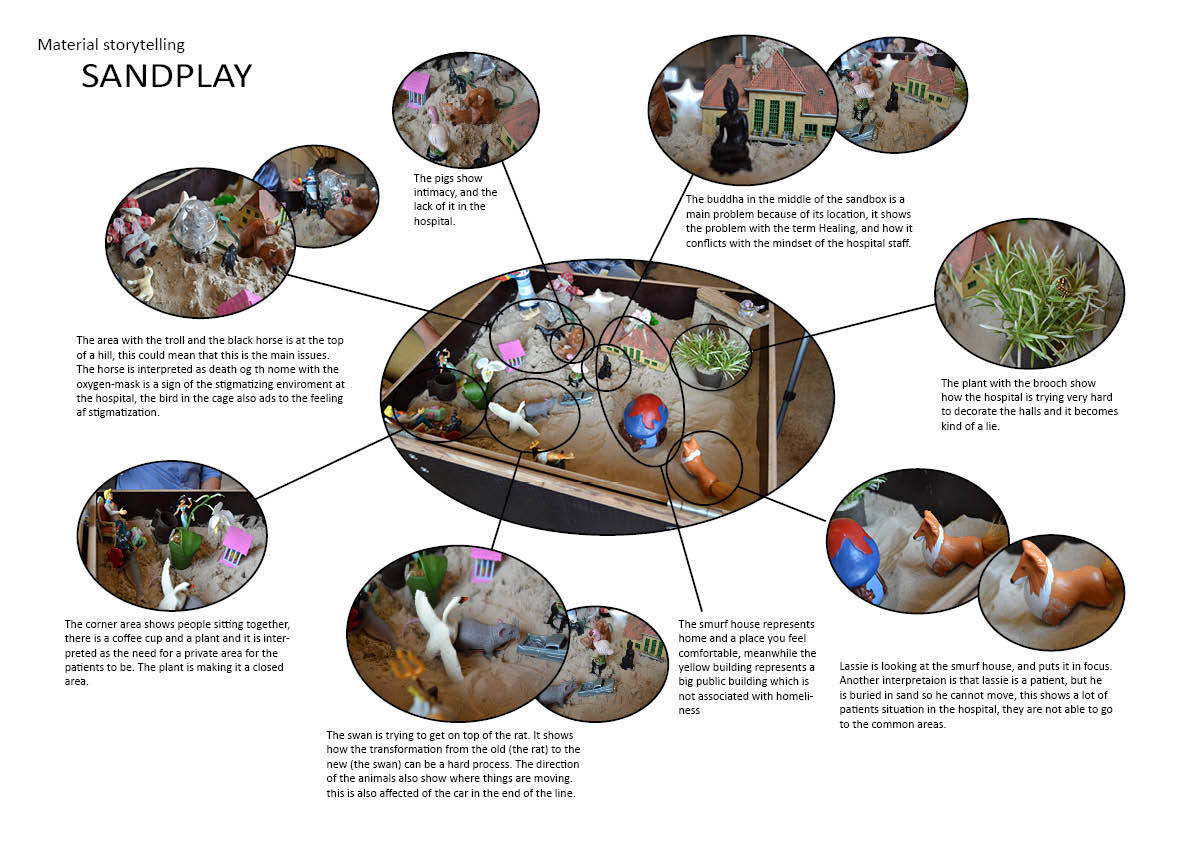Casebeskrivelse:

Architectural Healing
Hospitals are often criticized for being too institutionalized and clinical due to the choice of material within the hospital, which does not support the patients’ healing process.
In collaboration with Ph.D student Jeppe Emil Mogensen the focus of the project is to incorporate intelligent textiles at Aalborg Universitets Hospital to support the concept architectural healing.
Architectural Healing
Hospitals are often criticized for being too institutionalized and clinical due to the choice of material within the hospital, which does not support the patients’ healing process.
In collaboration with Ph.D student Jeppe Emil Mogensen the focus of the project is to incorporate intelligent textiles at Aalborg Universitets Hospital to support the concept architectural healing.
Five keywords for the project
- Textile
- Environment
- Interaction
- Healing
- Empathy
The problem
Existing hospitals are often accused of having a clinical and institutional environment in the common areas, which they aim to change in the future super-hospitals as studies have shown that a stimulating, inviting and soothing atmosphere helps promote healing and rehabilitation of the patient.
Textiles are rarely seen in hospitals due to contagious infections transmitted through the textile. In the future hospitals textiles will and can be implemented due to intelligent textiles that will not transfer infections and is easy cleanable. Some of them even have the ability to sanitize, disinfect and regulate the temperature in the room.
Findings
During the first two weeks of fieldwork and workshop it was discovered that the main problem is that the common room at the hospital barely gets used because of its dull and uninviting atmosphere, but also due to patients being too weak and not able to go there by themselves.
Concept
This concept is addressing the patients inability to go to the common room, as a redecoration to get rid of the depressing atmosphere of the room will not benefit the patient if they are not able to go there.
The concept is a chair with 3 basic functions that enables the patient to be more independent and without the help of a nurse to go to the common room. The chair will therefore function as a help for the patient to get out of the bed, a walking device and an actual chair to sit and relax and socialize in.
The chair has support functions, which will help the patient get up from the chair and sit down, in the form of a cushion that is able to adjust the height placed in seat of the chair. The cushion in the back is able to be be pushed back and forth to ensure comfort for the patient. Furthermore, will there be a function that can push a “leg holder” out from the chair to make it more comfortable when the patient wants to relax.
Group 18
Kasper Kabbeltved Pedersen, Mille M., Anne-louise Fyhring Johansen, Lis Cathrine Schøler, Zoltan Tamas Vajda & Thorbjørn Egelund Jørgensen
Konceptvideo:
Designprocess:
Visiting Aalborg Universitets Hospital
Tuesday the 10th of September
At Aalborg Universitet Hospital to visit Bente Pedersen from Ideklinikken, who had set up an appointment with the endocrine and metabolic disorders department.
Video from field trip
The first thing that cached the eye were chairs in quarantine – the textile had been stripped off and the chair was wrapped in plastic and placed in the hallway.
The observations revealed that the common room was not used and the interior made it seem very institutionalized without any personal touch.

Chairs in quarantine.
Wednessday the 11th of September
We went for a field trip to gather inspiration for textiles, materials and interior designs in general.
Ikea was visited to gather inspiration and observe how they use textile in their displays. Secondly, Ide-møbler and Stof & Stil was viseted to find inspiration regarding textile. Finally, Hotel Hvide Hus was visited to see how the hotels common room was designed, which actually were found to be horrible compared with the hospital – it was dark, gloomy and the staff was aware of the problem.
Thursday the 12th of September
The the problem of and around the common room, was identified by using brainstorming.

Brainstorm
Friday the 13th of September
The group worked with Material Storytelling (sand play) to get clearer overview of the numerous and different problems. Looking at the final result it became obvious that especially the stigmatization of the patients is an important issue to adress.
Throughout the workshop yet another issue was identified; the dual understanding of the term “architectural healing” especially in Danish. The term architectural healing implies that the architecture should heal the patients and not just support the healing process, which could create the impression that it would make the nurses obsolete.

Interpretations and observations from the sandplay.
Monday the 16th of September
The group sat out to make some video sketching about the problems at the hospital and some our solutions to make the common room more used.
Check out our youtube channel to watch more videos illustrating some of the ideas for new concepts.
Video Skecth of the Rolling Chair and the Moving Wall



